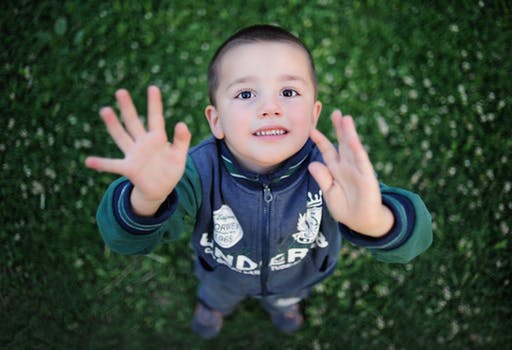By nature, or by definition, most autistic people tend to be introverts. It just goes with the territory. But what happens when that is not the case? Is it even possible that a person can be autistic but also be extroverted? How? And wouldn’t that be the ultimate cruel irony? Someone who desperately wants to be social having a developmental issue that makes the very thing he wants be nearly insurmountable to achieve.
I truly believe that Nigel has struggled with this since toddlerhood, possibly even infancy. Long before he was verbal he would try, always unsuccessfully, to interact with his peers. He couldn’t talk, so he went up to them and laughed, only to be misinterpreted with disastrous results. He would try to interact with adults by going up to them and saying their license plate number. He wanted so badly to connect with people, but they were people in a world from which he so desperately needed relief. He couldn’t go into public places because he did not know how to filter all the sounds that bombarded him and caused him such agony. His sensory issues were so extreme that they – and his social issues – prevented him from being true to his social nature and his desire to be a social person.
So, Nigel evolved. He had to if he wanted to interact with people. Various therapies had a lot to do with his success, but I firmly believe that his drive to be social in the first place is what motivated him to keep trying to connect and caused him to respond to the therapy as well as he did. He somehow, over several years’ time, learned to filter out the sounds that prevented him from going into stores, restaurants, public restrooms, etc. He stretched his cognitive skills to not only repeat lines from videos he’d seen, but then he used certain lines and fit them within the context of a situation in order to express himself verbally. He wanted to communicate. It just took him several years to learn how.
It is truly remarkable what he has achieved. I have a friend with adult ADHD, and he has said that on some level he can identify with Nigel because of his own experience with learning to regulate certain aspects of his behavior. It took a lot of time, patience, awareness, and hard work, but the rewards have been well worth it.
I am an introvert. Had I been autistic, I probably would not have talked. I don’t think I would have cared. I enjoy being in my own head so much as it is that, were I autistic, I would most likely love to stay there. I certainly don’t mean to simplify the complexities of autism and the reasons why some autistic individuals learn to talk and some don’t. Nor do I mean to propose that some autistic people just choose not to talk because they are introverts. But I can’t help but think that the way we are socially wired – introvert or extrovert – has to affect autistic individuals as well. I don’t think that autism would cancel out a person’s natural inclination to be social, if that’s in his or her personality. I see it every day with my son. He just has to try a lot harder than most people.



